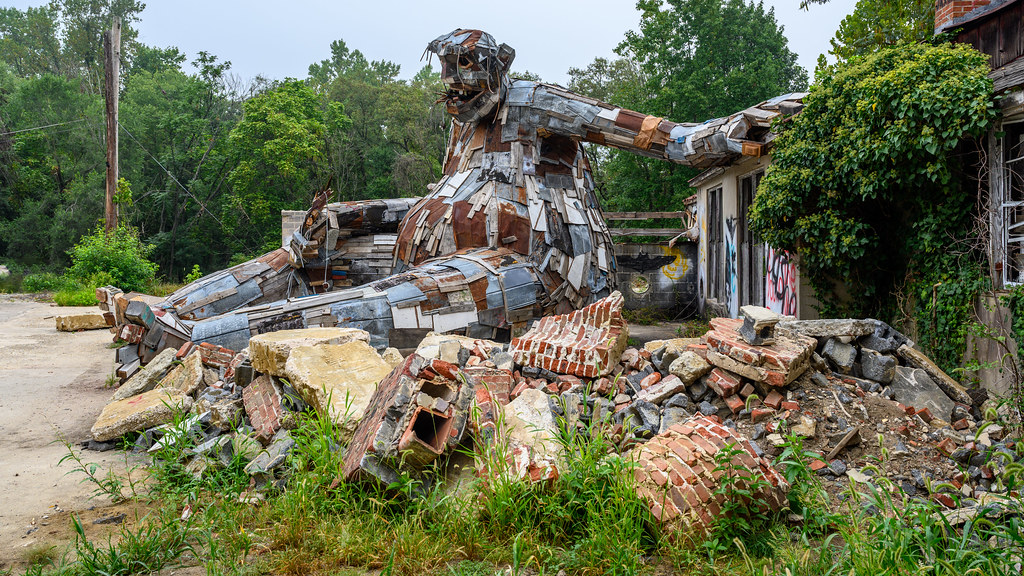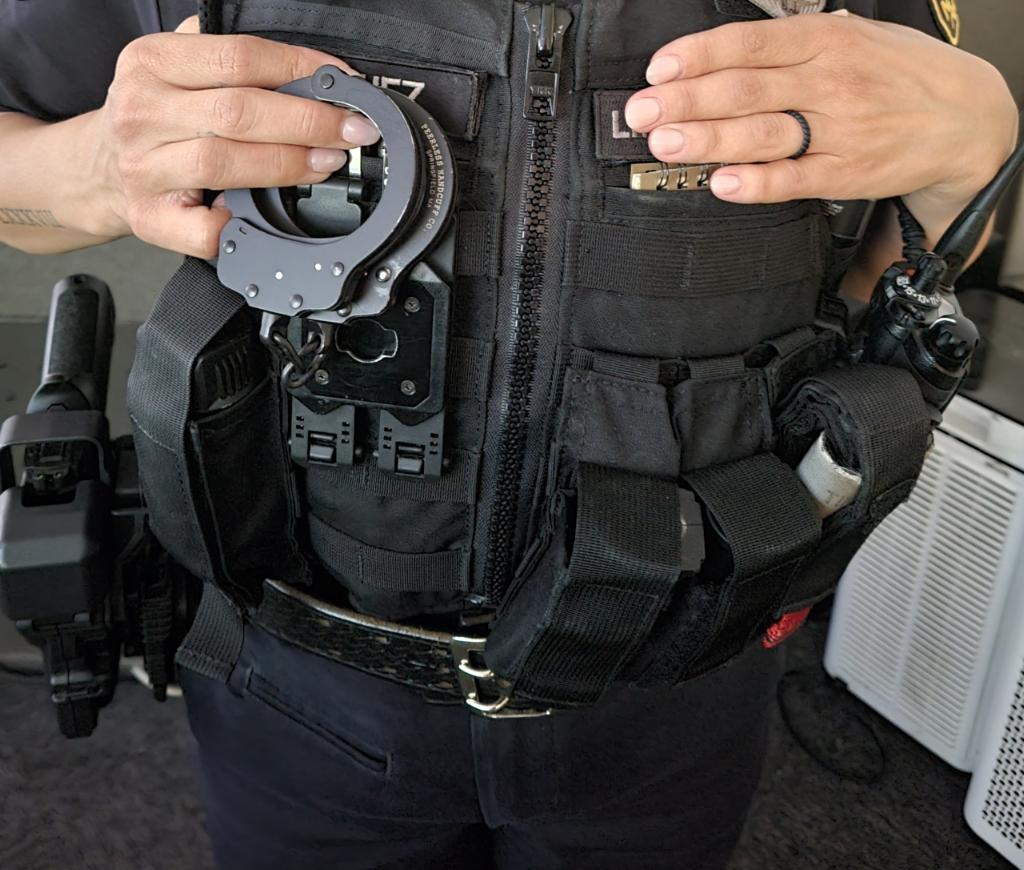Analyzing the civil rights movement in New Jersey
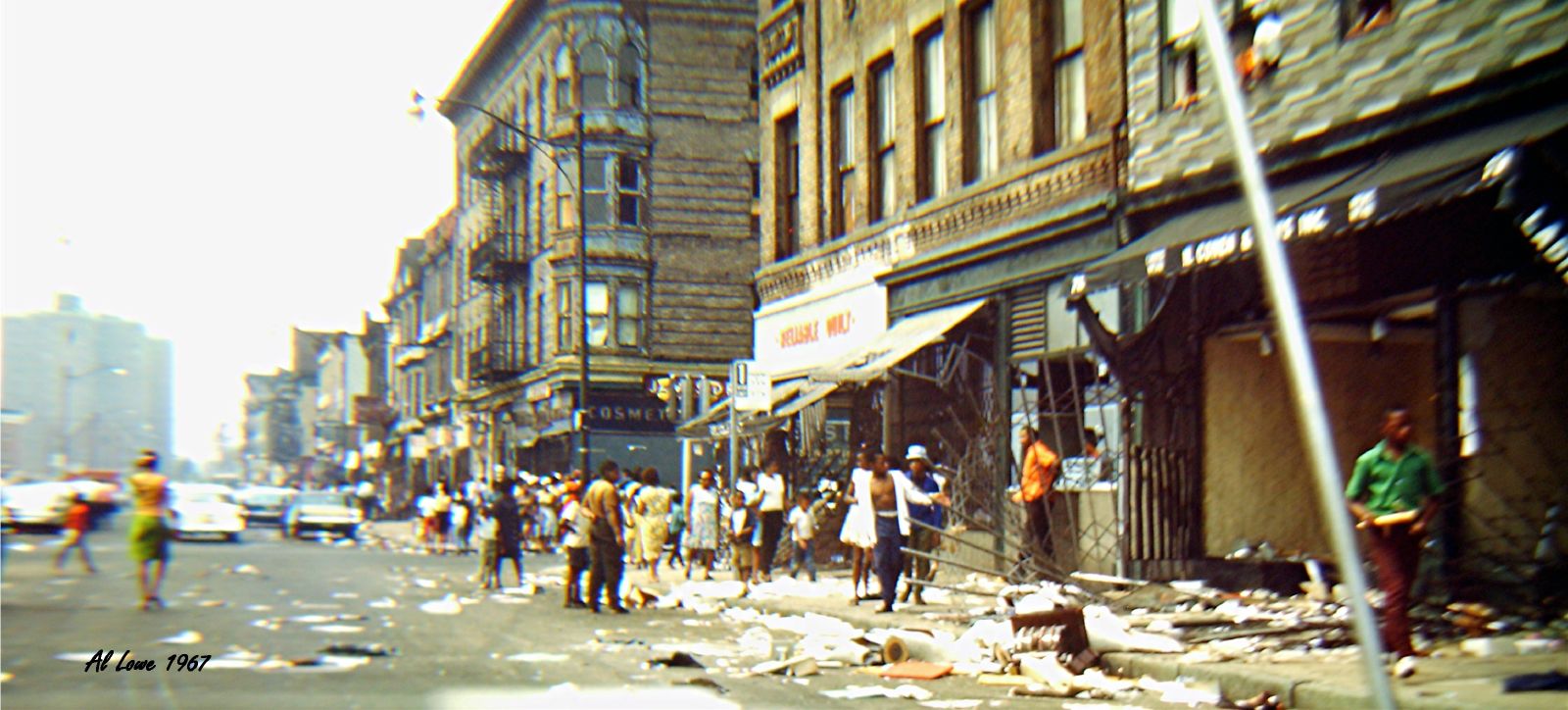
Although Northern states pride themselves in fighting slavery and not having Jim Crow Laws, racial hierarchies were nonetheless rampant. The country was still engaging in the conquest of indigenous lands. But Black Americans were still largely disenfranchised in society. In New Jersey, the black vote was rescinded in 1807. Illinois, the free state where Dred Scott used his residence as a basis for freeing himself, did not allow black people to vote until 1870. Universal, non-property binding suffrage to black men was only granted in New York in the same year.
Like in many other states outside the South, New Jersey had de facto segregation. It was segregation that was widely occurring despite not being enshrined in law. There was redlining, segregation in schools and commercial establishments, and white policing in black communities. This was even more common in southern New Jersey. Dr. Joel Ferris, a psychology teacher at Colonia High, said was more tied to the south than the north. Even by World War II, according to a state report (pg.68), most of the southern New Jersey education system had separate schools for black people. The racial hierarchy was also enforced violently similar to that of the south. Dr. Ferris elaborates that there were sundown towns, and at one point, New Jersey was even placed #1 on an FBI-reported list of race-based violence.
Beginning in the 40s, things began to take a more noticeable change in civil rights across the country. The Second Great Migration exaggerated racial inequalities. With the dawn of decolonization, many civil rights activists came to challenge de facto segregation.
Concerning education, one of them was Robert Queen, a member of the NAACP. He represented the case against segregation in education in Hedgepeth and Williams v. Board of Education in 1944. They ended up winning the case. This set the precedent for the desegregation of other schools in New Jersey. This even played a role in the argument against school discrimination in Brown v. Board of Education.
Works from other New Jersey activists helped the argument against the prejudiced practices too, such as The Education of Negroes in New Jersey, the work of Marion Thompso, a Wright. Being the first black woman to earn a PhD in history, she helped fight against racism in historic academia.
In the government, there was Oliver Randolph, a member of the legislature. Elected in 1922, he wrote an anti-lynching law, combatting the rise of the Second KKK at the time. Furthermore, he enshrined anti-segregation to the 1947 New Jersey constitution, which it still uses today. The state would finally pass an equal rights act in 1949, prohibiting segregation in commercial establishments. At this point, segregation was defeated in law. Nonetheless, it remained widespread without strong state enforcement, leading to rising disillusionment in the black community.
Despite discrimination being beaten in law, Black Americans continued to suffer without any clear solutions. According to official census data, even by 1969 was poverty disproportionate, with 22.6% remaining below the poverty line. Across the Northeast, the rate even rose from 24.3% to 27.9% in 1979, as opposed to the south going from 44% to 32.5%. This stagnation in the North is key to a complete understanding of the civil rights movement, as not only did nearly half of the black population live outside the South, but ideas and ideologies sprang up from the region that still influence politics in the black community today.
One was black power, first echoed in Oakland, California. Engaging in Black Nationalism, and radical social and economic ideas like intersection and socialism, the movement rapidly became popular among many northerners, as many would consider armed force as a medium for black liberation. Despite reductive views of these ideas as destructive and dividing as opposed to the more peaceful demonstrations in the South, it was practical and did indeed benefit everyone alike. For example, there are the Black Panthers, providing armed defense against brutal police attacks, social programs such as free breakfast for children, and some intersections, with prominent female leaders such as Angela Davis. As violent resistance became more and more justified, naturally many riots occurred.
One of these was in Newark, one of the deadliest in the country with 26 dead, and 727 injured. As with many of the other riots, anger at the complete disregard for people in the ghettos was the main factor. The black population increased from 10.6% to 54.2% from 1940 to 1970, with white flight decreasing their population by 100,000 in 1950 alone. Nevertheless, much of the administration remained white, including mayor Hugh Addonizio, and most of the police force. Unrest continued to swell, until the arrest and beating of cab driver John William Smith, igniting the uprising.
Gradually, as Black Americans became more integrated into American society, much of the momentum of the movements of the 60s had died down. College enrollment increased, the government became more representative, and they became more and more involved in parts of the economy. “Black dollars became pivotal in raising the profits of many corporations,” remarks Dr. Ferris on this process. Government suppression of leftist groups also played a part. Through FBI operations such as COINTELPRO, it assassinated key leaders, and infiltrated all types of social movements, from the Chicanos to the Black Panthers.
Many things have changed since the end of the movement. Though the fight for complete emancipation is still prominent, as Dr. Joel Ferris said, it is in “Transition.” Today, black Americans struggle against institutional racism, including disproportionate policing, barriers to complete economic integration, and prejudiced views towards them from society. Ironically, it is similar to much of the de facto segregation seen in much of the North.
In New Jersey, for example, there was a recent lawsuit based on accusations of segregation in schools. They argued this based on the fact that approximately 585,000 Black and Latino students in New Jersey public schools were enrolled in institutes where over 75% of the population was not white. The judge agreed that education was unequal, but nonetheless did not constitute as segregation. Gary Stein, former supreme court justice and chairman of the New Jersey Coalition for Diverse and Inclusive Schools, said that even if there technically is no segregation, real action must be taken about the problem.
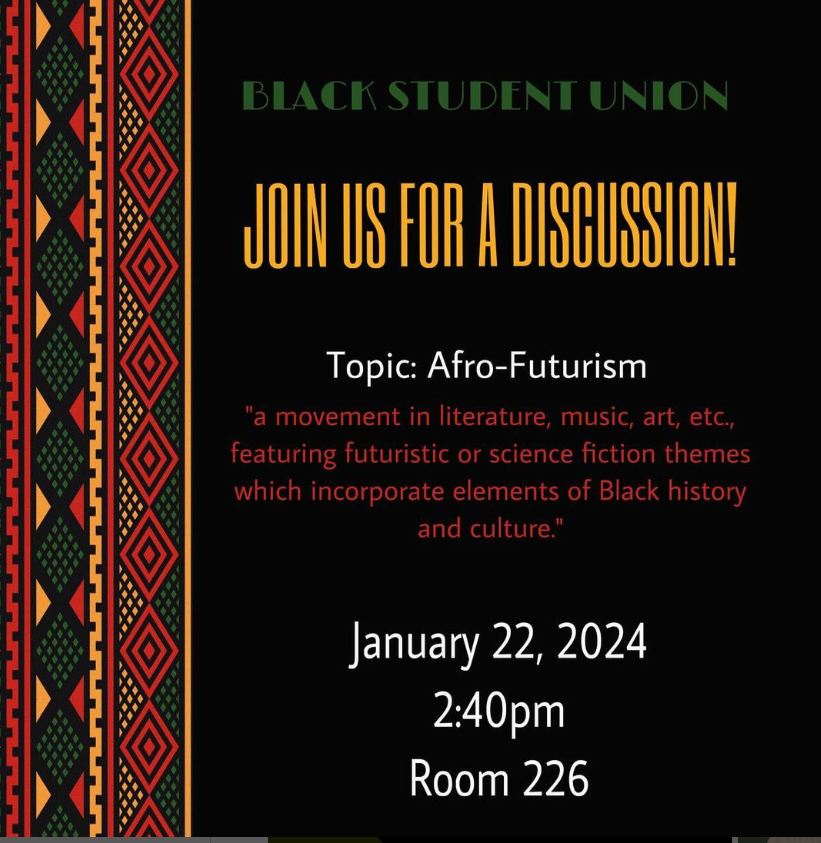
Systemic racism likely won’t end in most people’s lifetimes, but there are many things people can do to help bring about its end. Ending segregation was a long, and strenuous process, and so this will be too. Sydni Scott, president of the Black Student Union says that education is an important factor, as without any basis in reality a movement cannot realistically help anyone.
She also commented on societal-wide issues on how Black people are depicted in media, saying that oftentimes they can fulfill the role of drug addicts, deadbeat fathers, thugs, and the like. Though these things are real, she says “We’re also more than our trauma. We’re more than all of the negative things.”
Beyond surface-level social critiques, there is also something to be said about intersection and solidarity. Unifying movements strengthens them, making sure multiple oppressed groups aren’t divided and weak. With the addition that of different sexualities, genders, ethnicities, etc., movements become more nuanced, strengthen values like equality, and in Sydni’s words, “We can understand each other on a more personal level.” New Jersey is valuable in that, as Dr. Ferris said, is between the Philadelphia, City of Brotherly Love, and New York City, a cultural capital.
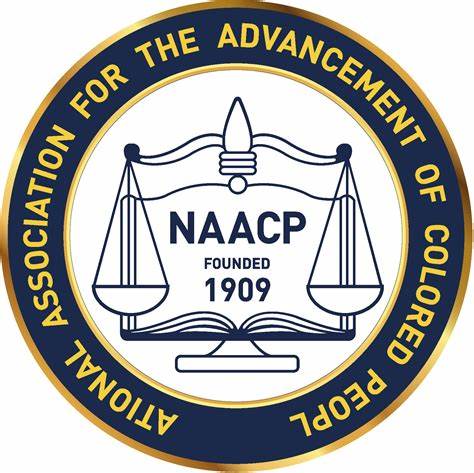
There is also more direct action, joining organizations that help local communities, as well as attending protests. The NAACP, one of the biggest fighters of legal discrimination, for example, is still active. President Jeff Carter of the Bergen County chapter, for example, says that going up to city council meetings, and school board meetings, and engaging in elections are good ways to get involved. With problems like school segregation, racial profiling, unequal pay, and healthcare disparities, organizations like his reach out to communities with scholarships, food giveaways, help with vaccinations and antibody testing, and so on.
Such massive and seemingly omnipotent issues as racism seem like they have been here forever, but for most of human society, they didn’t exist. For just as long as it has been enforced, it will take the same amount of time to eliminate.






